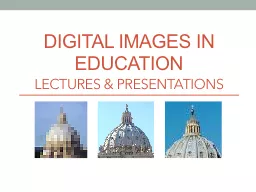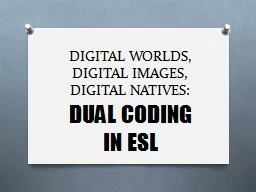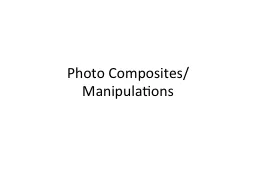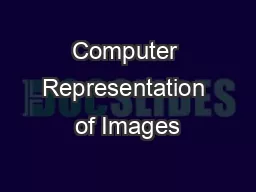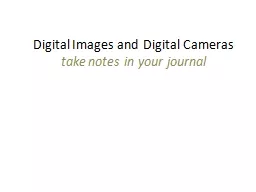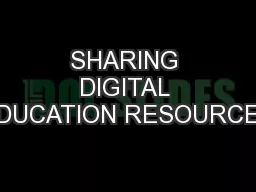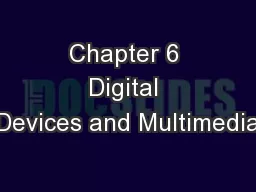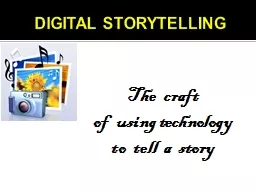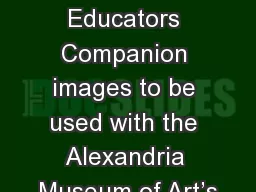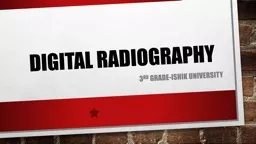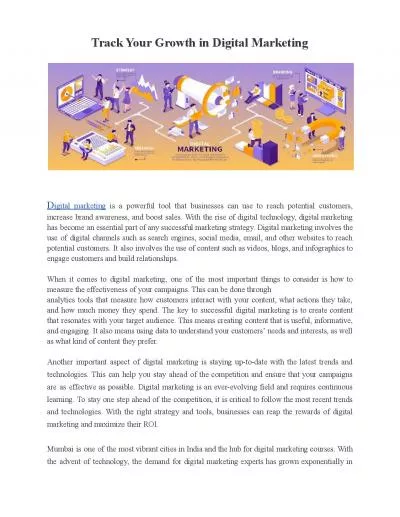PPT-DIGITAL IMAGES IN EDUCATION
Author : alida-meadow | Published Date : 2017-07-26
Lectures amp presentations A little about you What disciplines do you work in What tools do you use to search for images How do you look for images Do you start
Presentation Embed Code
Download Presentation
Download Presentation The PPT/PDF document "DIGITAL IMAGES IN EDUCATION" is the property of its rightful owner. Permission is granted to download and print the materials on this website for personal, non-commercial use only, and to display it on your personal computer provided you do not modify the materials and that you retain all copyright notices contained in the materials. By downloading content from our website, you accept the terms of this agreement.
DIGITAL IMAGES IN EDUCATION: Transcript
Download Rules Of Document
"DIGITAL IMAGES IN EDUCATION"The content belongs to its owner. You may download and print it for personal use, without modification, and keep all copyright notices. By downloading, you agree to these terms.
Related Documents

